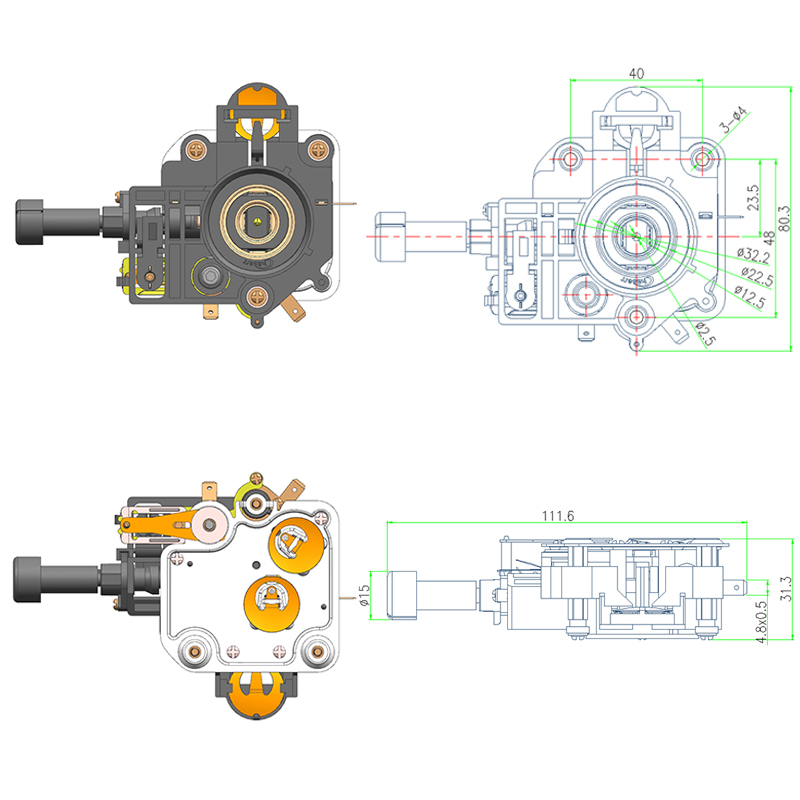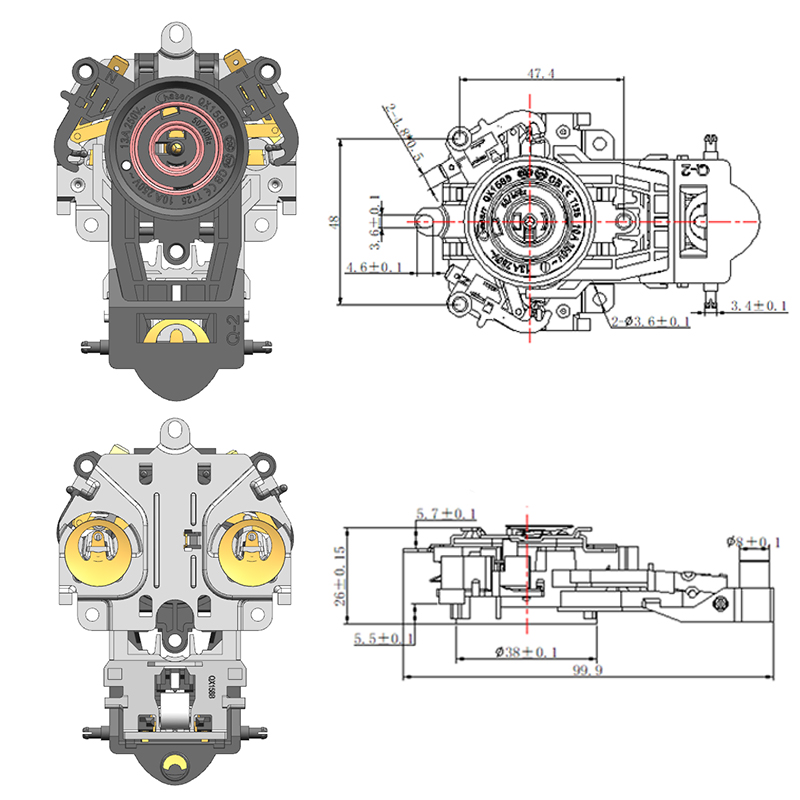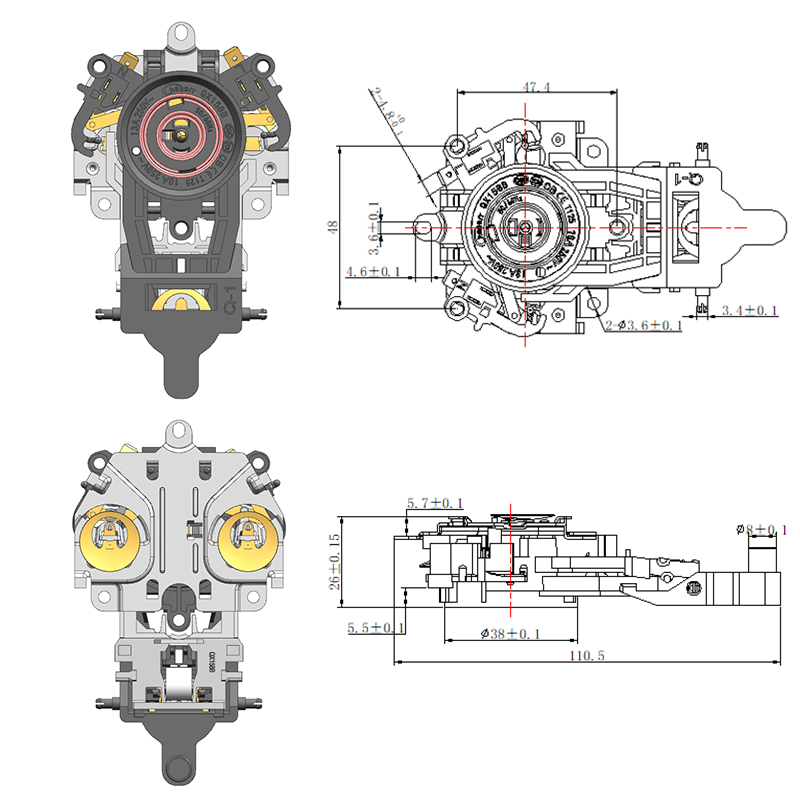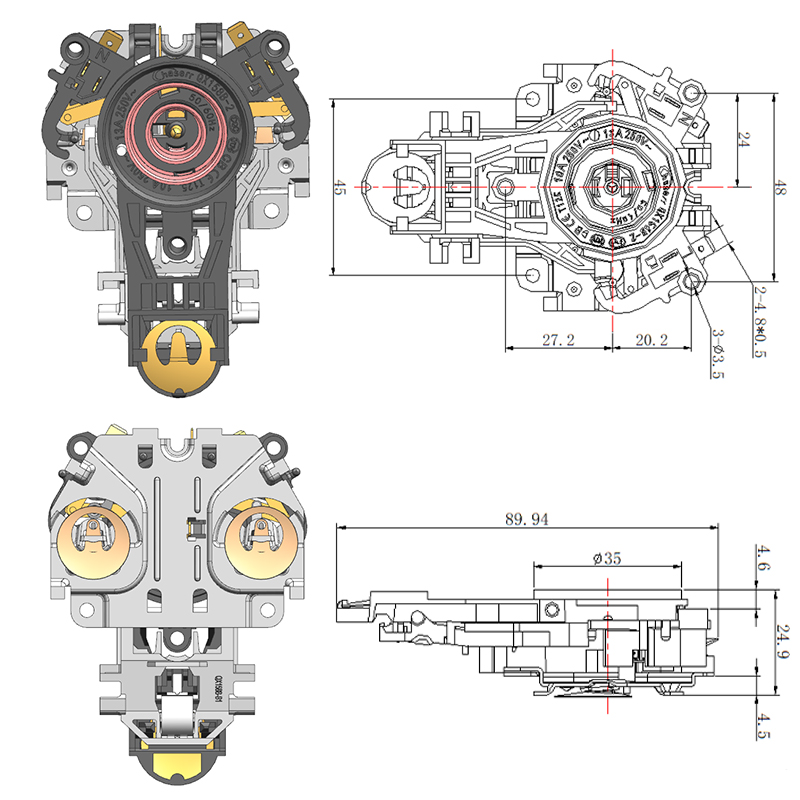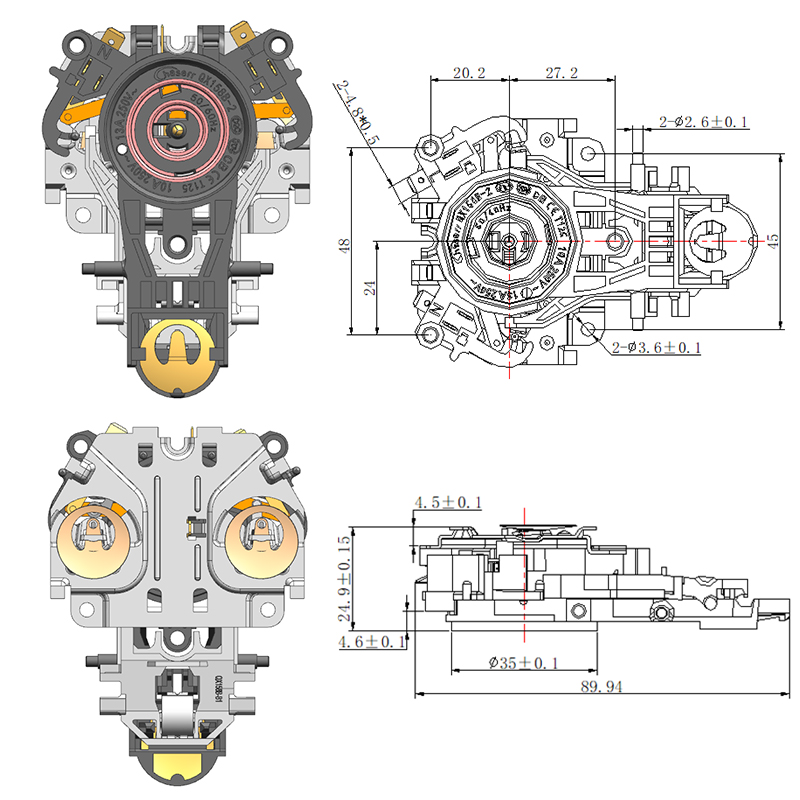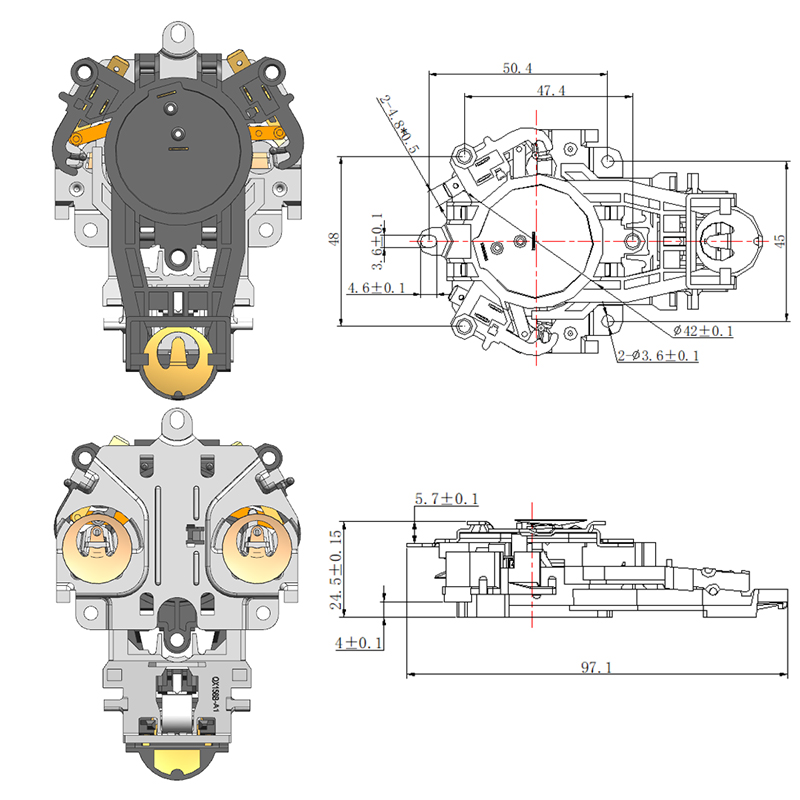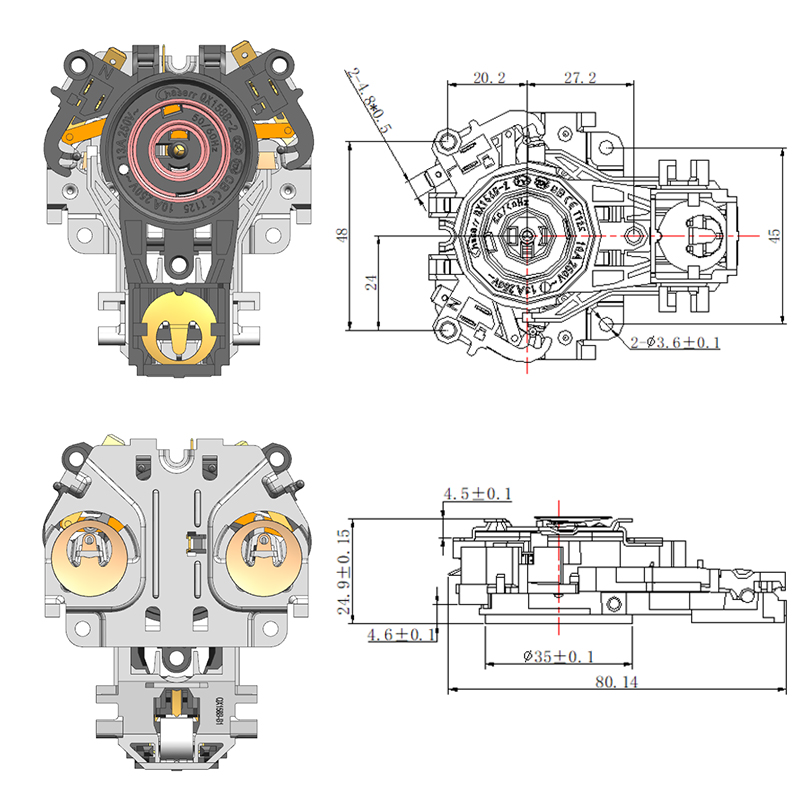Key Features That Define a Reliable and Accurate Electric Kettle Thermostat Switch Design
Precision Temperature Control Mechanism
A reliable and accurate electric kettle relies heavily on its ability to control temperature with precision. The Electric Kettle Thermostat Switch plays a crucial role in ensuring that the kettle heats water only to the desired level, shutting off automatically once that temperature is reached. This function is achieved through thermosensitive components such as bimetallic strips or thermistors. These elements detect the rising temperature within the kettle and activate the mechanical or electronic trigger to cut off the power. Precision in this mechanism prevents overheating, reduces energy waste, and protects the heating element from unnecessary wear, making temperature control the foundation of any dependable switch design.
Durability of Materials and Contacts
The materials used in the construction of the thermostat switch are critical to its longevity and performance. High-grade metals such as copper or silver alloys are commonly used for the electrical contacts, offering good conductivity and resistance to corrosion. The structural housing is often made of heat-resistant plastics or composite polymers that can withstand repeated heating cycles without deforming. These materials ensure that the Electric Kettle Thermostat Switch continues to perform reliably over many years, even under frequent use. A well-designed switch also includes robust spring mechanisms and contact points capable of handling repeated actuation without losing sensitivity or structural integrity.
Rapid and Consistent Response Time
One of the key indicators of a high-quality thermostat switch is its consistent and rapid response to changes in temperature. Whether heating from cold water to boiling point or maintaining a warm level, the switch must act without delay to either cut or resume power. This is particularly important for user safety, as any lag in response could cause overheating, steam buildup, or even dry boiling. Advanced switch designs incorporate tightly calibrated thermal sensors that trigger the circuit at a precise temperature threshold. This level of responsiveness mirrors some of the core benefits found in a Smart Electric Thermostat, though optimized for high-temperature, short-cycle appliance use.

Fail-Safe and Safety Integration
Safety features are indispensable in thermostat switch design. A reliable unit must include fail-safe mechanisms that activate in abnormal situations such as electrical surges, excessive temperature rise, or dry-boil scenarios. Many electric kettles today feature dual-switch systems: one acts as the primary thermostat, while the second serves as a backup thermal fuse or cutoff. These layered protections significantly reduce the risk of fire or appliance damage, particularly during extended use. The switch must also be insulated and sealed properly to prevent moisture ingress, which could cause short circuits or component failure. Manufacturers often test the Electric Kettle Thermostat Switch under conditions to ensure safety compliance before market release.
Compact Integration with Internal Components
Another feature that defines a good thermostat switch is its compatibility with the internal layout of the kettle. Space is limited in kettle designs, so the switch must be compact yet structurally robust. It needs to fit securely near the heating plate or element, where it can accurately sense temperature changes. Additionally, it should connect seamlessly with internal wiring and support structures without requiring excessive modifications. In newer kettle models that incorporate additional features, such as multiple temperature settings or touch control panels, the thermostat switch may also interface with microcontrollers or circuit boards. This integration echoes the functionality of a Smart Electric Thermostat, which connects to digital control systems for more refined operation.

 English
English  中文简体
中文简体  Español
Español 
